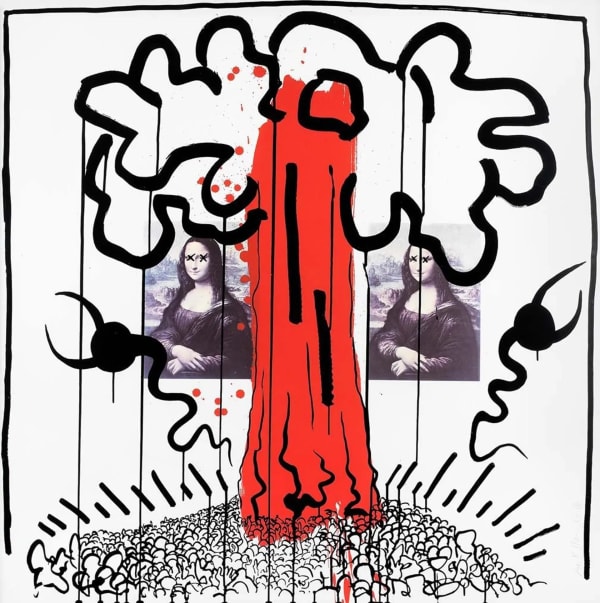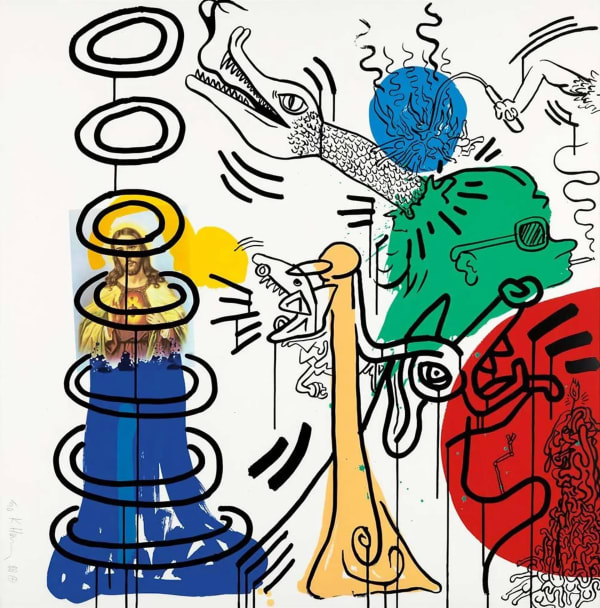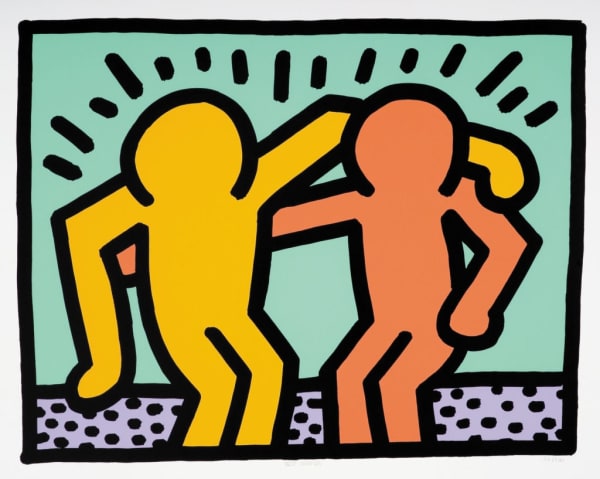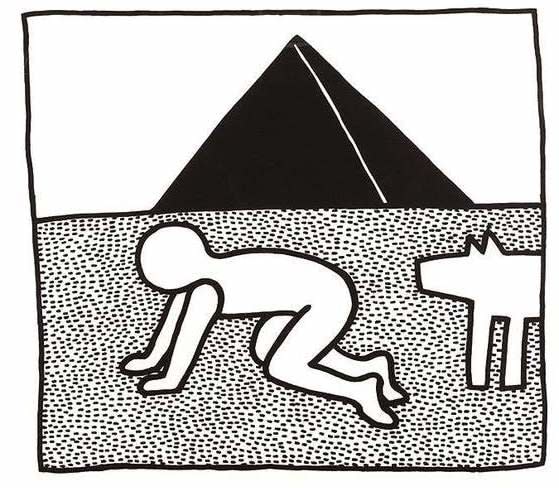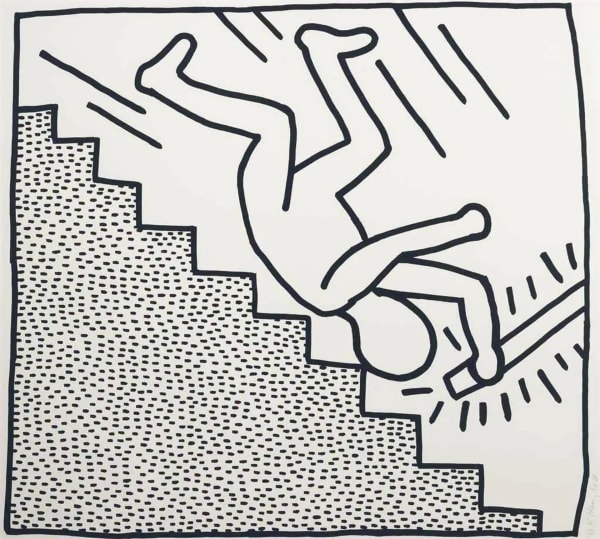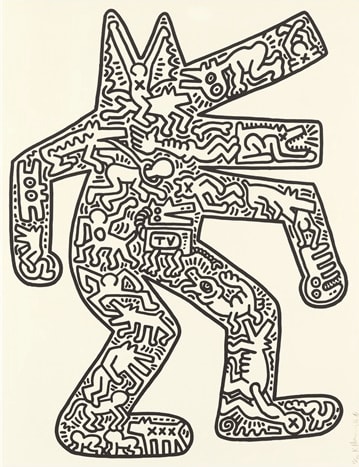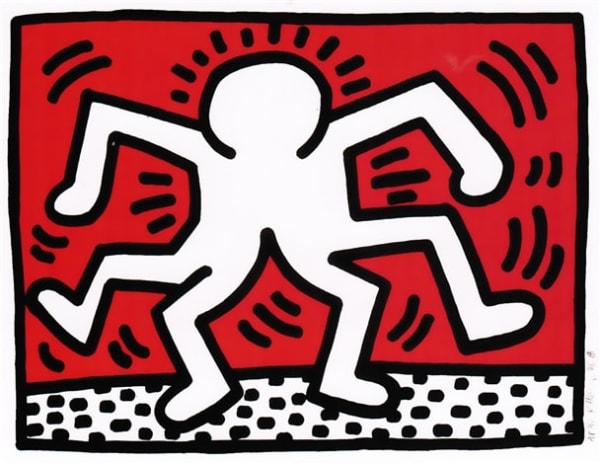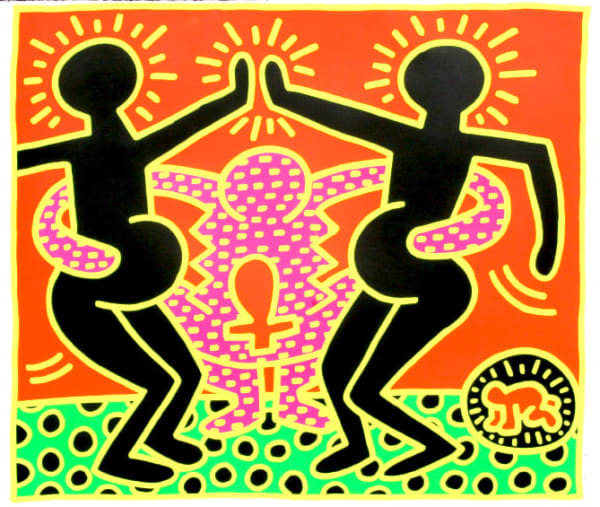Renowned for his vibrant and socially charged artworks, Keith Haring developed a distinct visual language infused with signs and symbols, a reflection of his deep engagement with semiotics during his studies at the New School. His creations, notably showcased in his subway drawings, became iconic fixtures in New York City, captivating passersby with their accessible yet profound imagery.
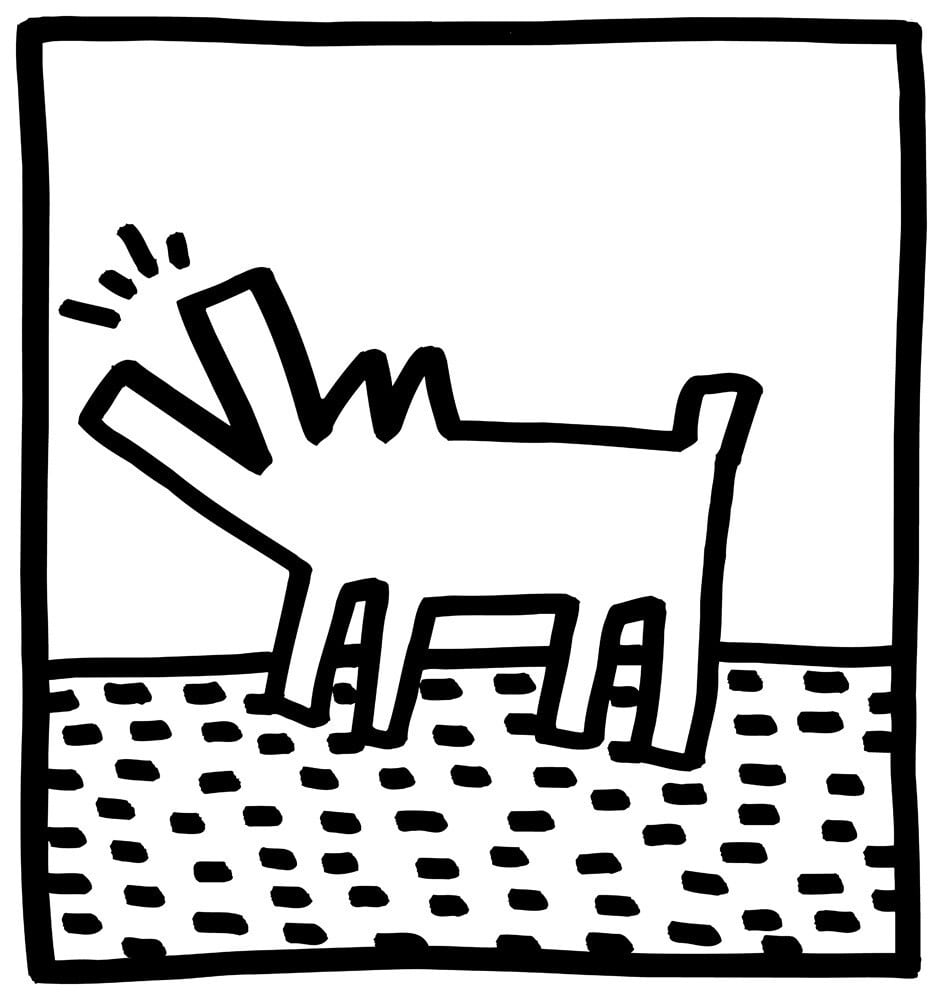
Among Haring's most recognizable symbols is the barking dog, which he introduced in his subway drawings series in 1980. Contrary to conventional associations with loyalty and companionship, Haring imbued the barking dog with deeper meaning, warning against the abuse of power in everyday life. By subverting traditional interpretations, Haring prompted viewers to reevaluate authority and influence.
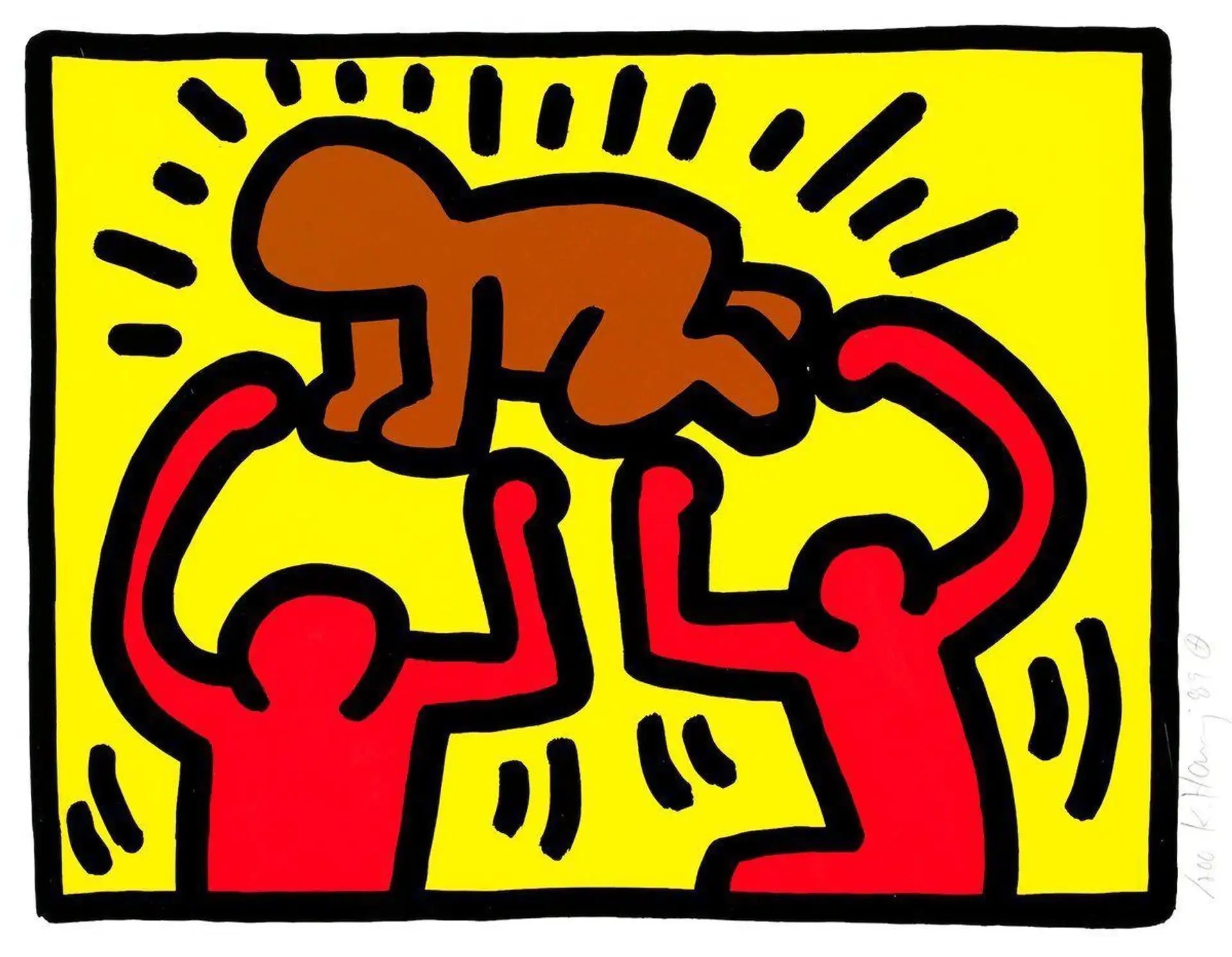
Similarly, Haring's radiant baby motif emerged as a poignant response to religious iconography, reflecting the concerns of his generation. Symbolizing innocence and purity, the radiant baby stood in stark contrast to conventional depictions of divinity. However, as Haring's artistic journey progressed, the baby motif evolved to encompass more nuanced narratives, addressing themes such as HIV/AIDS and societal change.

The globe is central to Haring's visual lexicon, a symbol of unity and peace amidst political turmoil and the global AIDS crisis. Often depicted alongside other symbols or supported by outstretched hands, the globe embodies Haring's belief in collaboration and positivity as antidotes to adversity.

Additionally, the heart serves as a recurring motif in Haring's works, symbolizing optimism and love. Whether paired with dancing figures or embraced by hands, the heart represents unity and community, reinforcing Haring's commitment to inclusivity and human connection.

Finally, Haring's dancing figures, characterized by their exuberant energy and dynamic lines, capture the vibrancy of the New York club scene. Their multiplicity and interconnectedness convey a sense of solidarity and camaraderie, embodying Haring's belief in the transformative power of art to celebrate life.
Keith Haring's artworks serve as powerful expressions of social commentary and activism, challenging viewers to reconsider societal norms and embrace unity and positivity in the face of adversity. His distinctive visual language, rooted in semiotics and deeply personal yet universally accessible, continues to captivate audiences and inspire change decades after his passing.




